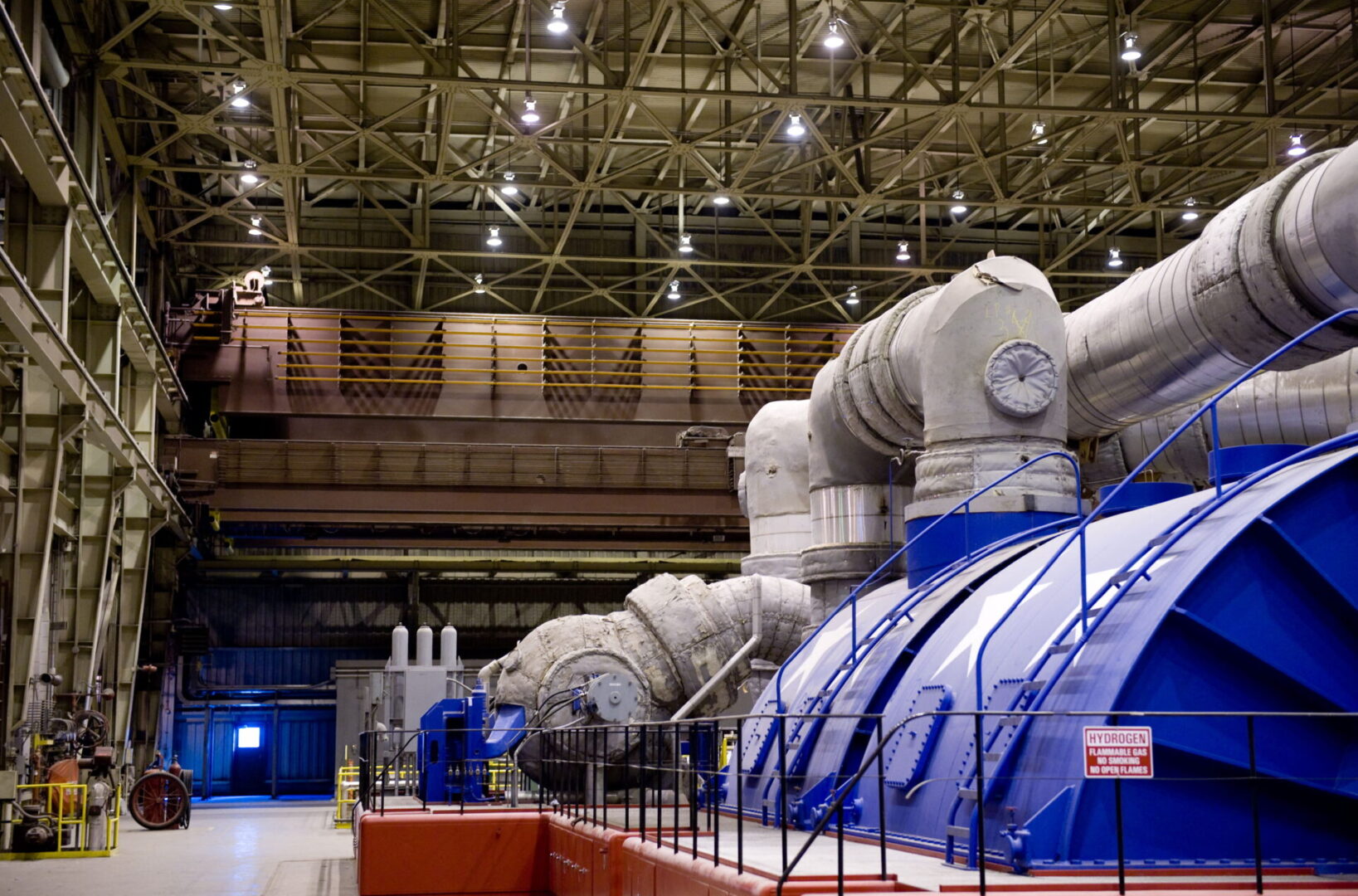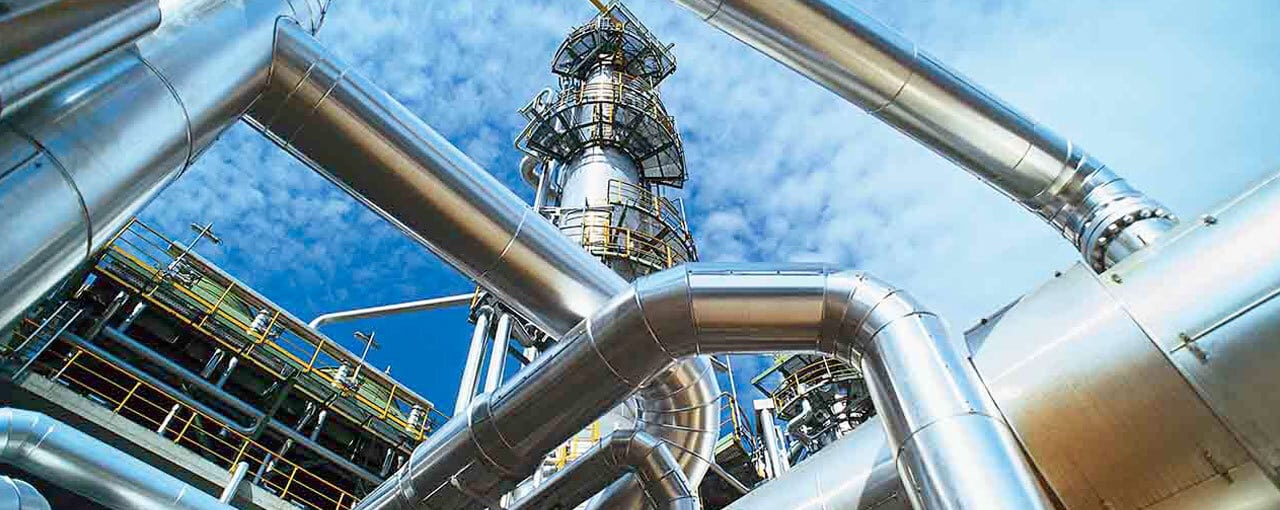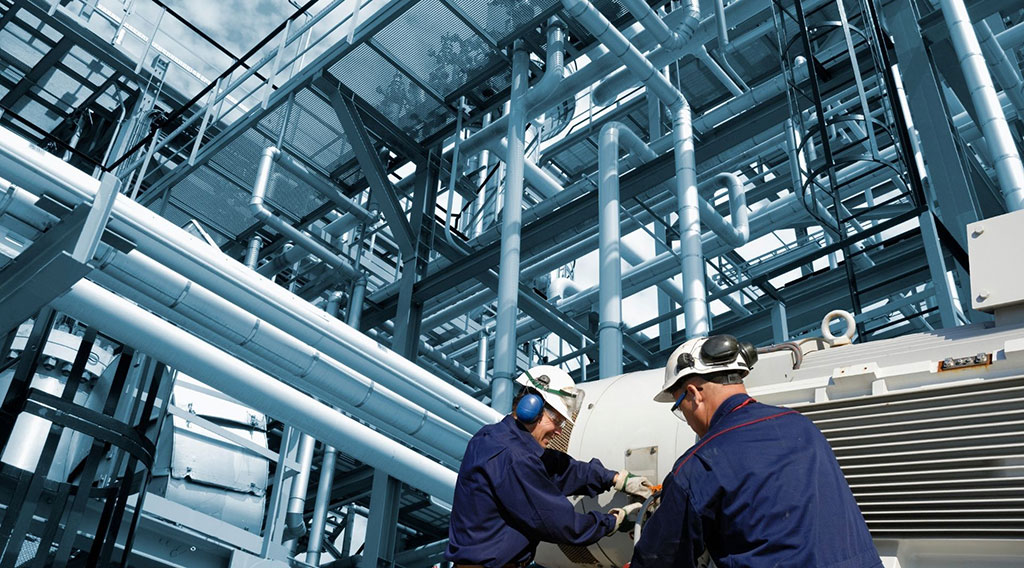“Breakthroughs in Direct Air Capture Technology in Canada”
Direct Air Capture (DAC) technology is a cutting-edge solution that aims to remove carbon dioxide directly from the atmosphere, providing a promising avenue for combating climate change. By capturing and storing CO2 emissions, DAC offers a unique approach to reduce greenhouse gas concentrations. Canada, a global leader in environmental innovation, has made significant breakthroughs in DAC technology, propelling the country to the forefront of this rapidly evolving field. This article highlights the benefits, challenges, research and development, environmental impact, economic feasibility, and potential applications of DAC technology in Canada.
Benefits of Direct Air Capture Technology
Direct Air Capture technology offers several significant benefits in the fight against climate change. First and foremost, it provides a way to remove CO2 emissions directly from the atmosphere, reducing greenhouse gas concentrations and their impact on the environment. DAC can be deployed in various locations, making it versatile and adaptable to different geographical contexts. Furthermore, DAC can be an essential tool in achieving carbon neutrality and meeting emission reduction targets. It also presents an opportunity to utilize captured CO2 for other purposes, such as enhanced oil recovery or the production of synthetic fuels, thus creating a circular economy.
Challenges in Implementing Direct Air Capture Technology
Despite its potential, implementing Direct Air Capture technology faces numerous challenges. One major obstacle is the high cost associated with capturing and storing CO2. The technology is currently expensive and requires substantial financial investment for large-scale deployment. Additionally, DAC facilities require significant amounts of energy, which may contribute to the overall carbon footprint. Moreover, finding suitable locations for large-scale DAC plants can be challenging, as it requires ample land availability and access to necessary infrastructure. Addressing these challenges is crucial to make DAC technology a viable and widespread solution.
Breakthroughs in Direct Air Capture Technology in Canada
Canada has made impressive breakthroughs in Direct Air Capture technology, positioning itself as a global leader in this field. One notable breakthrough is the development of advanced materials for capturing CO2 from the atmosphere. Canadian researchers have successfully engineered cost-effective materials with enhanced CO2 adsorption capacities, making DAC technology more economically feasible. Another breakthrough is the integration of DAC technology with renewable energy sources. Canadian scientists have pioneered the use of renewable energy, such as wind and solar, to power DAC facilities, reducing their overall environmental impact and carbon footprint.
Research and Development in Direct Air Capture Technology
Research and development efforts in Canada have contributed significantly to the advancement of Direct Air Capture technology. Canadian universities, research institutions, and industry players have collaborated to improve the efficiency, affordability, and scalability of DAC. These initiatives have focused on developing innovative materials, optimizing capture processes, and exploring novel approaches to CO2 utilization. The Canadian government has also provided funding and support for research projects, fostering an environment of innovation and knowledge exchange in the DAC sector. Continued research and development efforts will further enhance the viability and effectiveness of DAC technology.
Canada’s commitment to environmental sustainability and its advancements in Direct Air Capture technology position the country as a key player in the global fight against climate change. The breakthroughs achieved in DAC technology offer hope for a more sustainable future. However, there are still challenges that need to be addressed, such as cost-effectiveness and energy efficiency. With ongoing research and development, it is expected that these challenges will be overcome, making DAC technology more accessible and practical. The potential applications of DAC in Canada are vast, ranging from industrial emissions reduction to negative emissions technologies. As Canada continues to invest in DAC innovation and collaboration, it is poised to make significant contributions to the development and deployment of this groundbreaking technology on a global scale.










